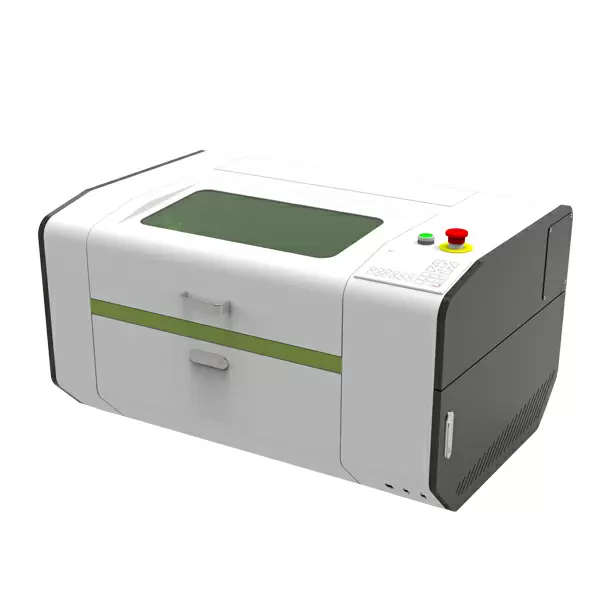Laser Cutting vs. Laser Engraving
What is Laser Cutting?
Laser cutting is a process that involves using a focused laser beam to cut through a material. Hence, it is suitable for creating customizable patterns, shapes, and designs on a workpiece. Like any other laser marking process, it is non-contact, i.e., the machine does not directly touch the material. Nevertheless, the laser beam can cut the material by melting, vaporizing, or burning the part.
Laser cutting is suitable for several materials, including metals (e.g., aluminum and brass), plastics (ABS, Polycarbonate), ceramics, wood, and stone.
What is Laser Engraving?
Differences between Laser Cutting and Laser Engraving
Both processes are categorized under the laser marking procedure. This is because they use laser marking machines to generate beams that can vaporize part or all of a product. Although similar, below are some differences between laser cutting and laser engraving:
· Principle of Cutting
Laser cutting involves using a laser beam to cut through the entire thickness of the material by melting, burning, and vaporizing. Most cuts are perfect. Hence, they don’t need a second touch-up. On the other hand, laser engraving involves cutting to the desired depth without cutting through the entire thickness. Therefore, engraved materials only have their surfaces vaporized to the required depths.
· Laser Power
One of the most important disparities in the laser cutting vs. laser engraving process is based on the machines used. Here, the laser power is a definitive parameter. On the one hand, laser cutters are machines with a laser power above 60W. High power is important for cutting, although it depends on the material’s type and thickness. On the other hand, laser engravers have a laser power below 60W.
The difference in laser power also restricts the types of laser machines compatible with the process. For example, most laser cutting machines are fiber or CO2 laser markers. However, laser engravers can include other laser marking machines, such as UV or green lasers.
Keynote: Laser engravers can cut thin sheets of non-metals.
· Lens Focal Length
Another important difference in comparing the two processes is the focus lens used in the laser machines. Laser cutting machines have a lens with a long focal length. Consequently, they deliver smooth cut edges, making them aesthetically pleasing. On the other hand, laser engraving machines have a lens with a short focal length. Consequently, they give an object a finer spot size, improving the engraving quality.
· Cutting Speed
Generally, the laser cutting process is very slow due to the time and energy it takes to completely vaporize a material. However, this depends on the material you are cutting and its dimension. For example, a thin metal will take less time than a thick one, while a thin plastic will take less time than a thin metal. Furthermore, the slow cutting speed ensures that the forefront is smooth and of good quality.
Laser engraving has a higher cutting speed as the process does not involve cutting. Aside from that, it aids efficiency and reduction of contact time. However, cutting at too much speed can lead to low-quality marking.
· Design File Format
Laser cutting machines use vector design files, while engraving machines use vector and raster design files.
The vector design format is applicable in laser workings that require thin lines, and it involves using laser beams to trace the lines and curves of the design vector by vector. Vector design files can be in EPS, AI, or CDR formats.
The raster design format applies to laser working materials such as wood, stamps, and papers. It involves building the design from pixels and engraving it line by line or point by point. Raster files are in JPG or PNG format.
· Use of Assist Gas
Assist gases such as helium and oxygen helps in expelling the molten material seen during the laser cutting process. As a result, they are highly recommended for cutting thick materials. Aside from expelling molten materials, they also cut a smooth finish look.
On the other hand, laser engraving does not require to assist gas because it can create a pop that affects the outlook of the surface finish. However, you can use it when the engraving process produces too much smoke, as the gases prevent the smoke from affecting the marking quality.

Comments are Disabled